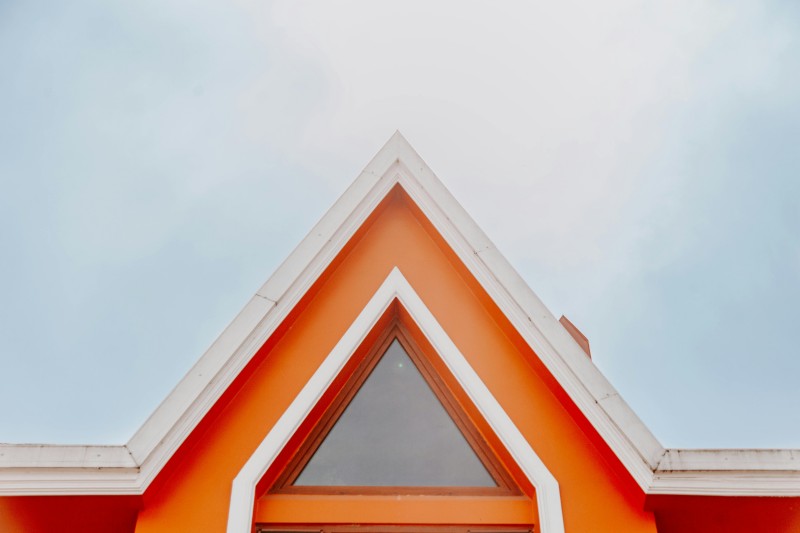Passive Radiative Cooling Coating and Exploring the Future of Thermal Management: How Passive Radiative Cooling Coatings Can Transform Energy Efficiency are gaining traction these days. In our rapidly warming world, these coatings are becoming essential for reducing energy costs and improving efficiency across various industries. As far as I know, this technology leverages the natural cooling properties of materials to reflect solar radiation and emit heat into the atmosphere, which is a real game-changer.
Applications in Various Industries
Now, let’s think about a question first: where can we apply Passive Radiative Cooling Coating? The answer is pretty much everywhere! From construction to renewable energy, the possibilities are endless. For instance, in the construction industry, using these coatings can significantly lower the temperature of buildings, which reduces air conditioning needs. What do you think about that? It's like giving your building a cool jacket!
| Industry | Application |
|---|
| Construction | Lowering building temperatures |
| Power | Enhancing energy efficiency |
| Renewable Energy | Improving solar panel efficiency |
i2Cool Technology's Innovations
Let’s dive deeper into i2Cool Technology, a pioneer in this field. Founded by professors and young scientists from the Energy and Environment School of City University of Hong Kong, they’re transforming top-tier scientific research into practical applications. Their core products include coatings and films that reflect sunlight and emit mid-infrared radiation. This allows them to achieve cooling effects of up to 42°C. Isn't that fascinating?

They are not just about theory either. i2Cool’s solutions are already being utilized in over 20 countries and regions worldwide. Their focus on developing nanomaterials is key to their success in the Passive Radiative Cooling Coating market.
Market Demand and Future Trends
Everyone wants to know where the market is headed next. With increasing global temperatures and a push for sustainability, the demand for Passive Radiative Cooling Coating is expected to rise significantly. As industries look for innovative ways to reduce energy costs, this technology is set to become even more crucial.
| Year | Market Growth (%) |
|---|
| 2023 | 15% |
| 2025 | 25% |
Conclusion
To be honest, the future looks bright for Passive Radiative Cooling Coating. With companies like i2Cool leading the charge, there’s no doubt that we’ll see more innovative solutions coming our way. Embracing this technology could be one of the keys to achieving those carbon neutrality goals we all talk about.
Innovative Materials Development and Energy Efficiency Improvements
The world is undergoing rapid changes in energy consumption and management. People are looking for ways to reduce their energy bills while contributing to a sustainable future. One exciting development in this area is the use of Passive Radiative Cooling Coating. This innovative material can help buildings stay cool without using electricity. Imagine a hot summer day where your home remains comfortable without turning on the air conditioning. This is possible thanks to these coatings that reflect sunlight and allow heat to escape.
Many industries are now exploring the possibilities of Passive Radiative Cooling Coating. This coating works by using special materials that emit heat in the form of infrared radiation. For example, researchers have created a coating that can lower a building's temperature by several degrees. This may seem small, but it can lead to significant energy savings over time. By reducing the need for cooling systems, businesses can save money and lessen their environmental impact.
As more companies adopt these coatings, there is a growing awareness of their benefits. Feedback from users shows a positive trend. Many report lower energy costs and more comfortable living spaces. The development of these materials is crucial for our future as it paves the way for sustainable practices. With continuous advancements in technology, we can expect even better options in thermal management solutions.
Passive Radiative Cooling Coating and Thermal Management Solutions
Understanding thermal management is essential for energy efficiency. It involves controlling the temperature of systems to optimize performance. Passive Radiative Cooling Coating plays a vital role in this process. By reflecting sunlight and releasing heat, these coatings provide an effective solution for keeping buildings cool.
Imagine a school building coated with Passive Radiative Cooling Coating. During hot months, the classroom remains cool, and teachers can focus on teaching instead of worrying about heat. This not only improves comfort but also enhances learning outcomes for students. The same applies to hospitals where patients need a stable environment for recovery.
Moreover, industries are realizing the importance of combining Passive Radiative Cooling Coating with conventional cooling systems. This hybrid approach can lead to even greater energy savings. For instance, an office building using this technology alongside traditional air conditioning reported a reduction in energy use by nearly 30%. Such examples highlight the potential of these coatings in enhancing thermal management solutions.
Revolutionizing Energy Use with Passive Radiative Cooling Coatings
The relationship between thermal management, energy efficiency, and Passive Radiative Cooling Coating is undeniable. These coatings are revolutionizing how we think about energy use. As they become more widely adopted, we can expect to see significant changes in how buildings operate.
Consider a city where most buildings utilize Passive Radiative Cooling Coating. The overall demand for electricity during peak summer months would decrease drastically. This not only lowers energy costs but also reduces the strain on power plants and helps the environment.
Furthermore, as we embrace these innovations, new opportunities will arise for businesses in the thermal management sector. Companies specializing in these coatings will thrive as demand increases. The future looks bright as we continue to explore how Passive Radiative Cooling Coating can transform our energy landscape.
Editor of this article: Xiao Yuan, created through Jiasou TideFlow AI SEO
